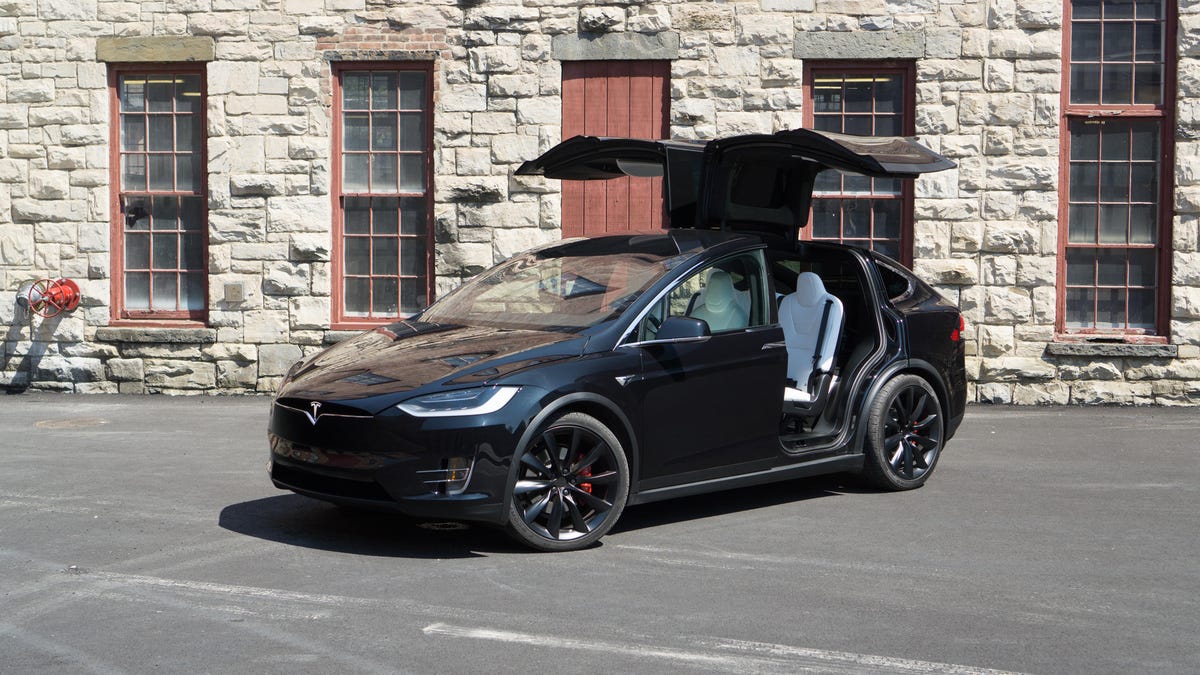Tesla hits 200,000 US sales, tax credit phase-out to commence
Everyone who wanted the $35,000 version is about to get boned. Sort of.
It finally happened. After bringing up Model 3 production to Elon Musk's self-imposed quota, Tesla has hit the point where its vehicle sales are high enough to begin the EV tax credit phase-out.
Tesla told Reuters on Thursday that it has officially delivered 200,000 electric cars in the US, which means its electric-vehicle tax credit will begin to phase out. It will carry on at $7,500 for a little while, after which it will be reduced by 50 percent every six months, finally coming to an end a year after the phase-out begins.
Tesla has a page on its website that explains the phase-out in greater detail. Owners will be able to claim the full $7,500 federal tax credit for vehicles delivered through Dec. 31, 2018. From Jan. 1, 2019 until June 30, the credit will be reduced to $3,750. Then, from July 1 to Dec. 31, it will be reduced again to $1,875. Vehicles delivered in 2020 and beyond will not be eligible. There are still state-level incentives available, however, which Tesla has also laid out on its site.
But there's no guarantee that buyers will be able to take full advantage of that credit in the first place. This isn't a line item deduction on the car's price tag -- rather, it's a dollar-for-dollar reduction of your annual tax liability, which means if you didn't pay $7,500 in federal taxes, you won't be able to claim that full amount.
Tesla last estimated that the much-awaited $35,000 short-range-battery variant of its Model 3 will be available in about six months' time, which means few if any buyers of that vehicle will be eligible for the full tax credit. That's kind of a bummer, but odds are those people wouldn't be able to use it all anyway.


